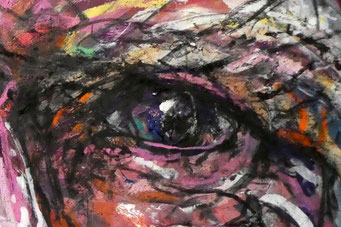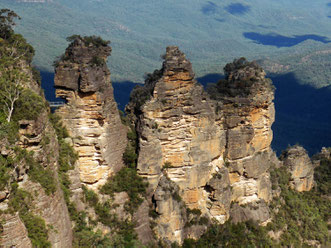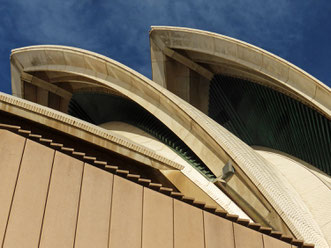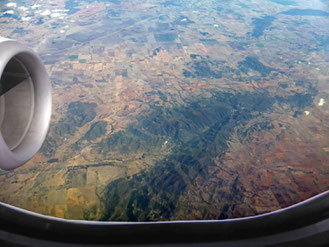New South Wales, Australia
Autumn trees in Orange

We’ve arrived in Central-west New South Wales at the beginning of Autumn. Like much of the temperate and cooler part of Australia there are lots of northern-hemisphere deciduous trees here, and at this time of the year the leaves are starting to change colour and fall. This creates explosions of colour all around the towns' streets. The beautiful trees are promoted as a visitor attraction in many towns, including Orange.
Begonias in Orange

The city of Orange in New South Wales has a lovely formal Victorian-era park, Cook Park.
In 1934 a conservatory was built in the park specifically for showing off begonias. The Blowes Conservatory (named after the mayor of the day, who pushed for its construction) still showcases begonias, so we went along for a look.
Visiting Orange

We’ve recently taken the chance of moving around a bit (just within Australia) by travelling from south-east Queensland to Central-west New South Wales, basing ourselves in the city of Orange. I’ve visited this area a few times in the last few years and have found that it is a place of surprisingly lovely countryside, and functional and community-orientated towns and small cities.
The Archibald Prize in Tweed

The 2020 Archibald Prize Regional Tour has come to the Tweed Shire in the north-east corner of New South Wales, which is just over the border from where we are on the Gold Coast, Queensland. We’ve crossed paths with the tour a couple of times in the past (Ballarat in 2016, and Orange in 2019) while we’ve been travelling around the country housesitting, and we’ve always enjoyed Australia’s most famous art competition.
The Blue Mountains

Sydney is surrounded, even enclosed, by a vast area of mountainous wilderness. This wilderness is divided into several national parks, the best known of which is the Blue Mountains.
I've flown over the Blue Mountains many times, usually coming in to or leaving from Sydney. I've always been impressed with this expanse of rugged mountains, bush, steep cliffs, and deep canyons, that’s so close to a big city, and I’ve always harboured the idea of visiting and bushwalking in some of this amazing environment.
A stop-over in Sydney

We are currently travelling from Hobart to a house sit that starts in Canberra.
Whenever you fly out of Tasmania to go to Canberra you’re almost always going to fly to either Melbourne or Sydney on the way, so, as we had a few days spare, we decided to stop over in Sydney. I haven't been to Sydney for a few years so it's a nice opportunity to have a look around again; plus, we're coming here later in the year for another house sit, so we'll meet the house owners while we're here.
Flying over the Australian landscape

I've been flying back and forth between Launceston and South East Queensland again, and, as before, what I see out of the window as I fly over Australia reveals humanity's vast effect on the landscape.
This flight takes me across an immense fertile plain in the middle of New South Wales and Victoria. Most of this 1500 kilometres of landscape is co-opted to serve humanity – it’s just one big machine for feeding and clothing humans.
A walk on Coila Beach

My house-sit in Canberra includes the occasional house-sit at the house-owner family’s beach house at Tuross Head, on the adjacent coastline. Tuross Head is a small coastal village on the south coast of New South Wales on the beautiful east coast of Australia, about 270 kilometres south of Sydney. Because it’s on the closest adjacent coast to Canberra, it's a popular place for Canberrans’ beach houses.
